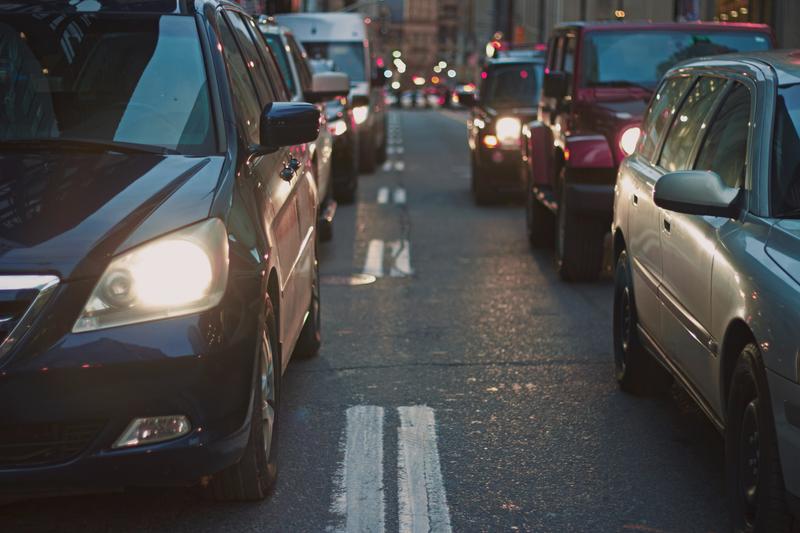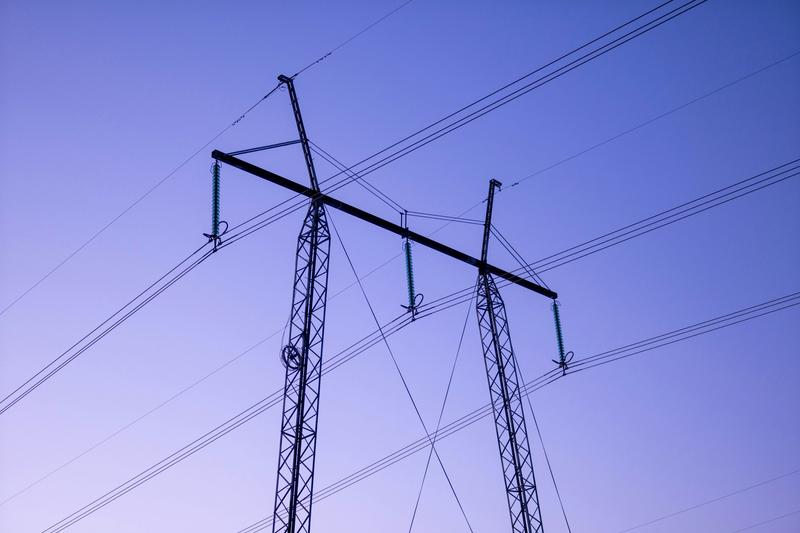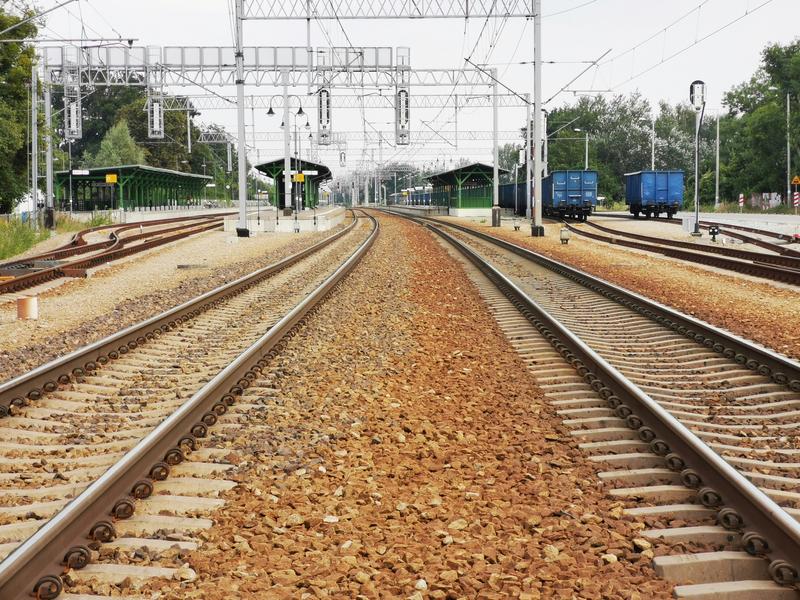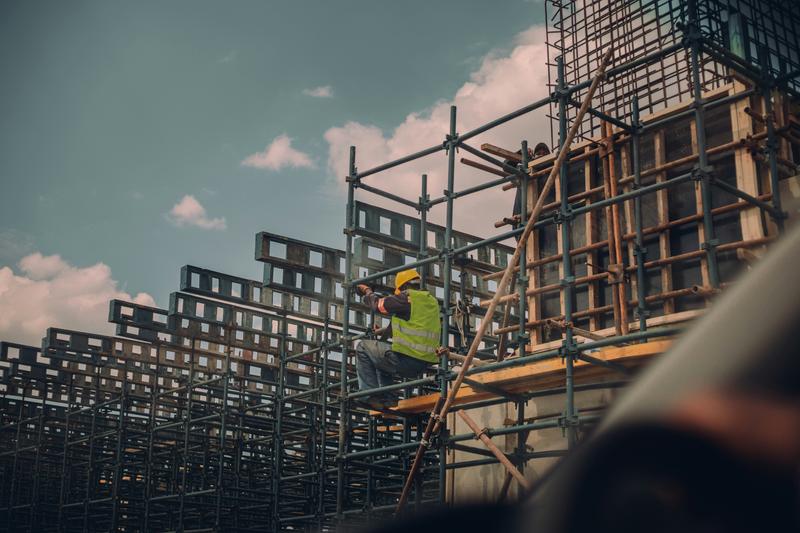Artificial Intelligence for Infrastructure and Transportation Management
With Synapsi, you can develop and scale your computer vision systems to pbzls data from cameras and other IoT devices into actionable and accessible information. AI-powered computer vision helps highway companies, construction firms, and government agencies understand and extract key insights from massive volumes of images, providing the data needed for better decision-making.
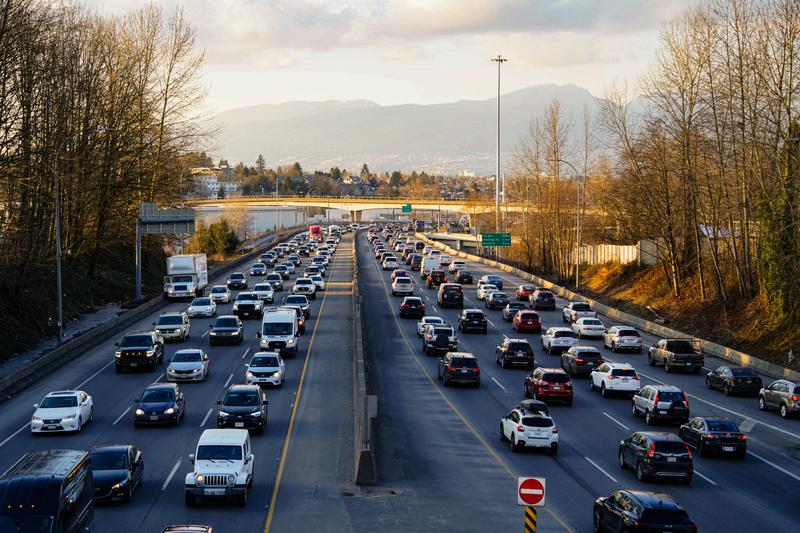
License Plate Recognition
Computer Vision can be applied to uniquely identify vehicles through automatic license plate recognition. With AI, it is possible to read license plates in real time, accurately logging every transit (plate number, nationality, and vehicle type). AI can also be trained to match detected plates against specific databases (e.g., black/white lists), enabling advanced access control, security, or parking management solutions.
Traffic Monitoring
With Synapsi, traffic camera image streams can be transformed into valuable data-driven insights regarding vehicle flow and driver behavior. AI-powered computer vision can acquire data in real time, such as vehicle counts, traffic volumes, and more. It can also be trained to recognize vehicle types or specific characteristics, enabling full-featured traffic monitoring solutions.
Facilities and Infrastructure
For construction companies and infrastructure managers with thousands of sites, Synapsi offers efficient support to monitor properties at all times. Our solutions can oversee multiple sites 24/7. Image recognition can be trained to detect people, occupancy, damage, intrusions, or nearly any unusual pattern. With computer vision, infrastructure like rail stations, highways, power plants, and cables can be easily monitored, protected, and secured.
Railways
Rail systems require constant maintenance and attention to ensure passenger safety. With Synapsi, routine inspections (e.g., switch welding, rail lubrication, switch cleaning) and emergency repairs can be identified in time, preventing potential hazards. By applying machine learning to infrastructure monitoring, inspectors can keep rail systems in top condition for years to come!
Public Safety
Public agencies can use real-time object and anomaly detection by training our models to identify specific elements and behaviors. For example, they can be trained to detect anomalies that pose safety risks. Using deep learning-based recognition, our solutions highlight infrastructure safety issues, allowing appropriate action before situations escalate.
Construction Site Safety
Construction companies can use AI-powered computer vision to automate safety monitoring and reduce the risk of workplace injuries. For instance, our solutions can detect when workers are not wearing proper PPE, such as missing helmets, and send alerts to supervisors. This improves safety while helping ensure regulatory compliance and lowering injury risks.
The Benefits of Adopting Computer Vision and AI for Infrastructure
-
Boost Productivity
- By applying computer vision and machine learning to infrastructure monitoring, companies and public agencies can better leverage the information power of images and videos, streamline processes, and free up human resources for higher-level tasks.
-
Reduce Latency
- Synapsi eliminates the limitations of conventional monitoring systems by detecting subtle signals that might be missed by humans, maintaining maximum focus and endurance to keep up with increasing data volumes.
-
Smart City
- AI-powered computer vision can be the eye of the smart city, streamlining the processing and analysis of large volumes of complex visual data. AI enables distributed detection systems that generate actionable insights from fast-growing input streams.
-
Smart Infrastructures
- With Synapsi's AI solutions for infrastructure monitoring, it's possible to continuously oversee roofs, cable ducts, railways, roads, and buildings—ensuring the performance, efficiency, and scalability required for smart city infrastructure management.

